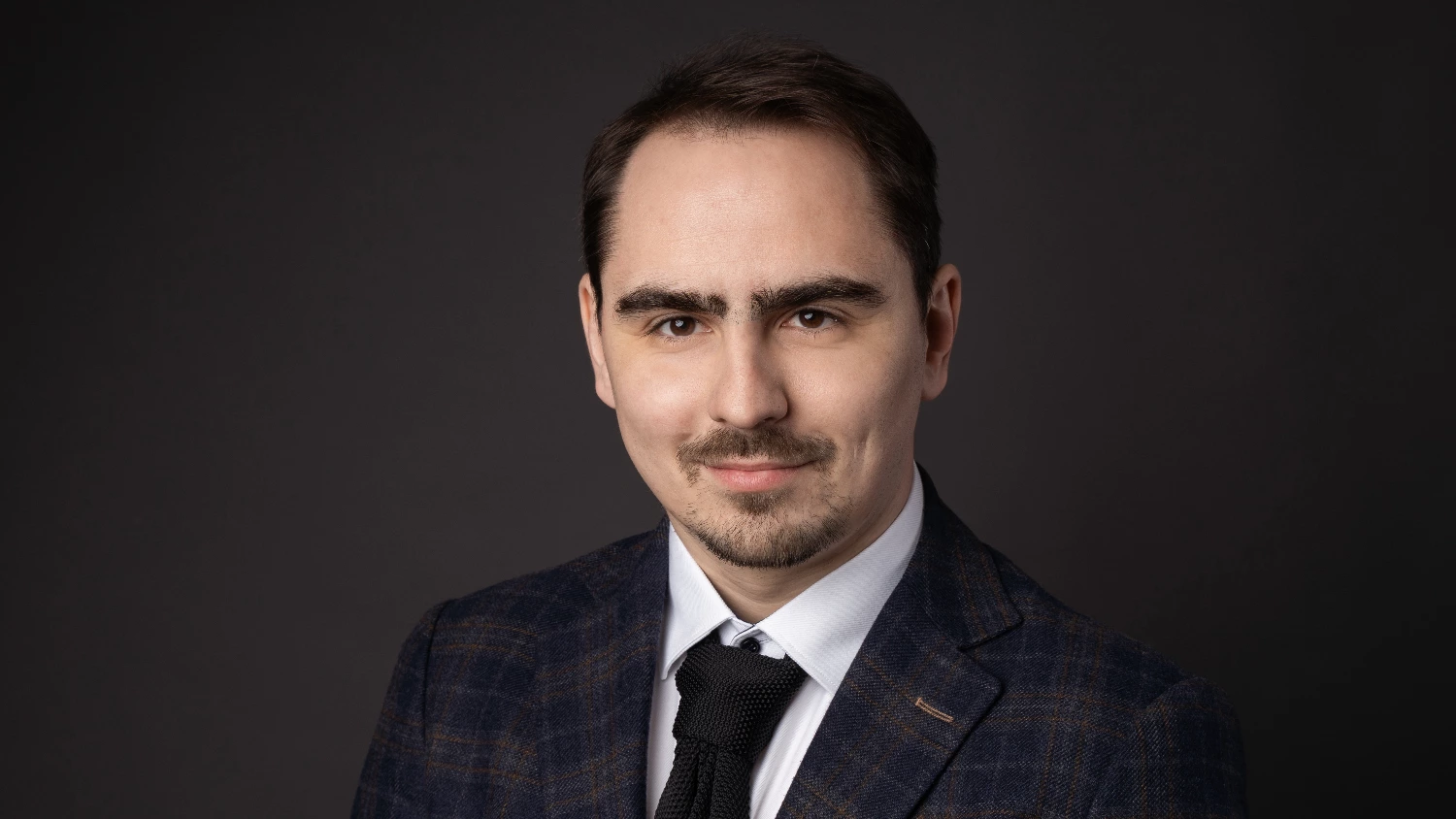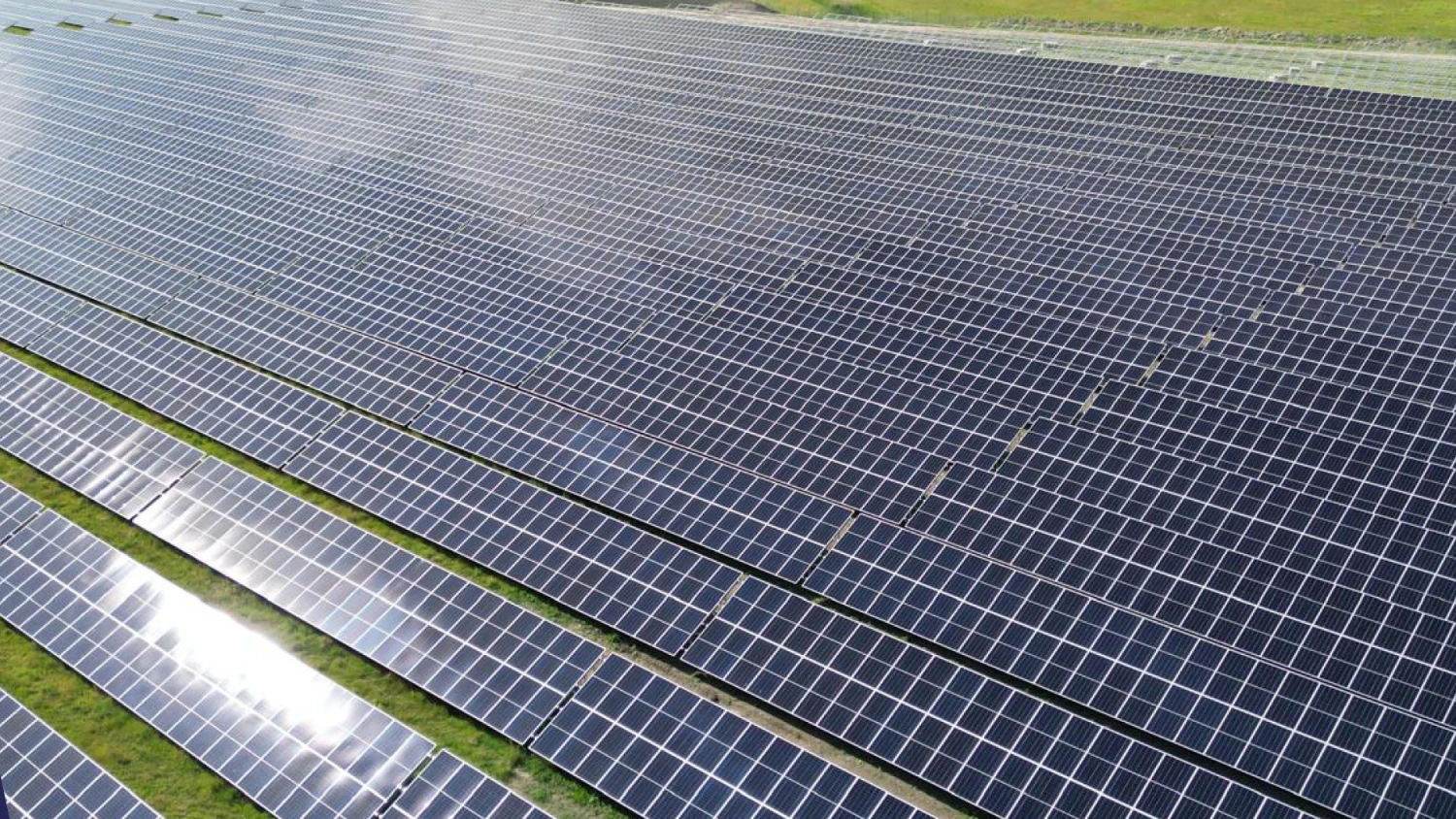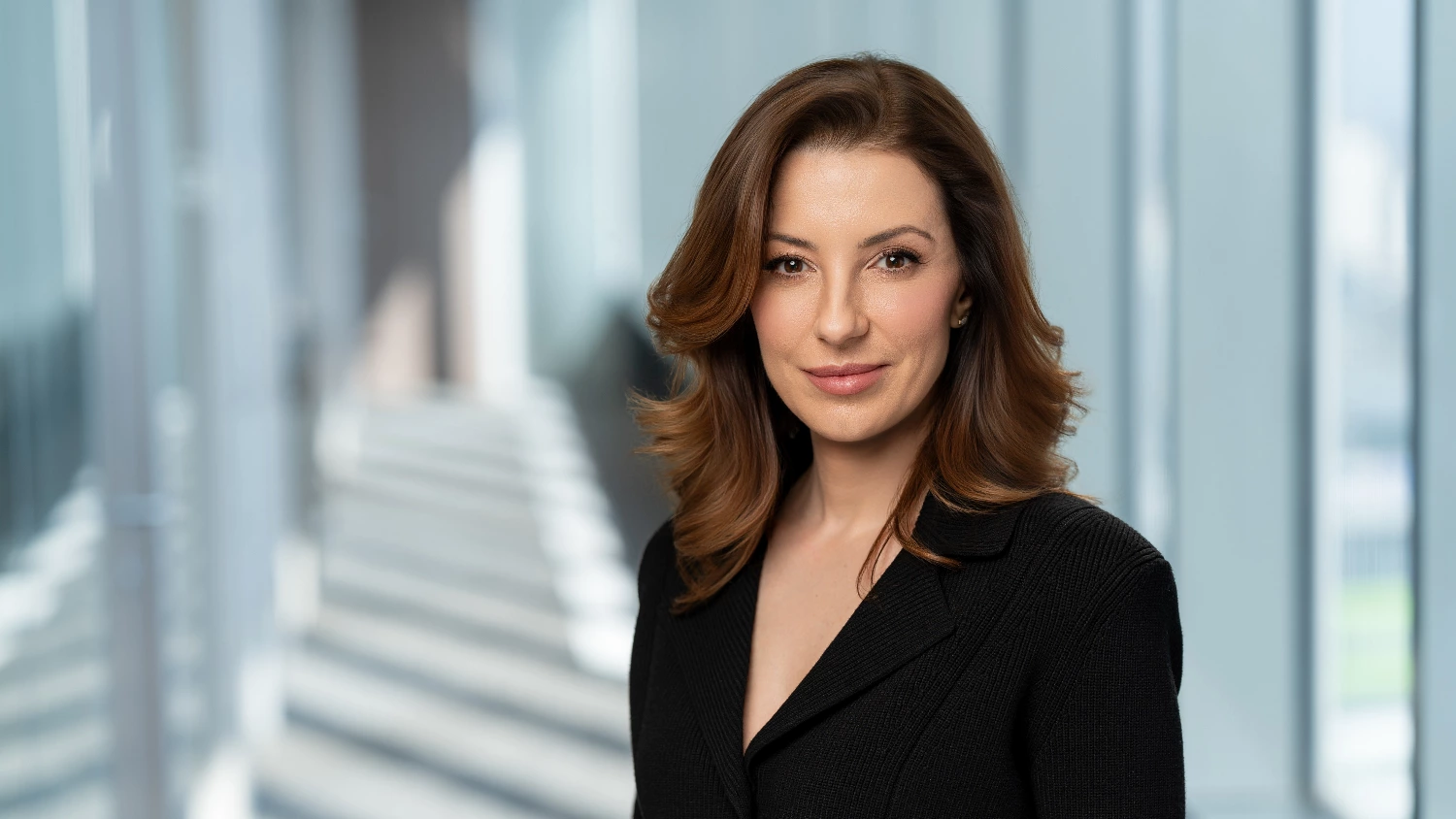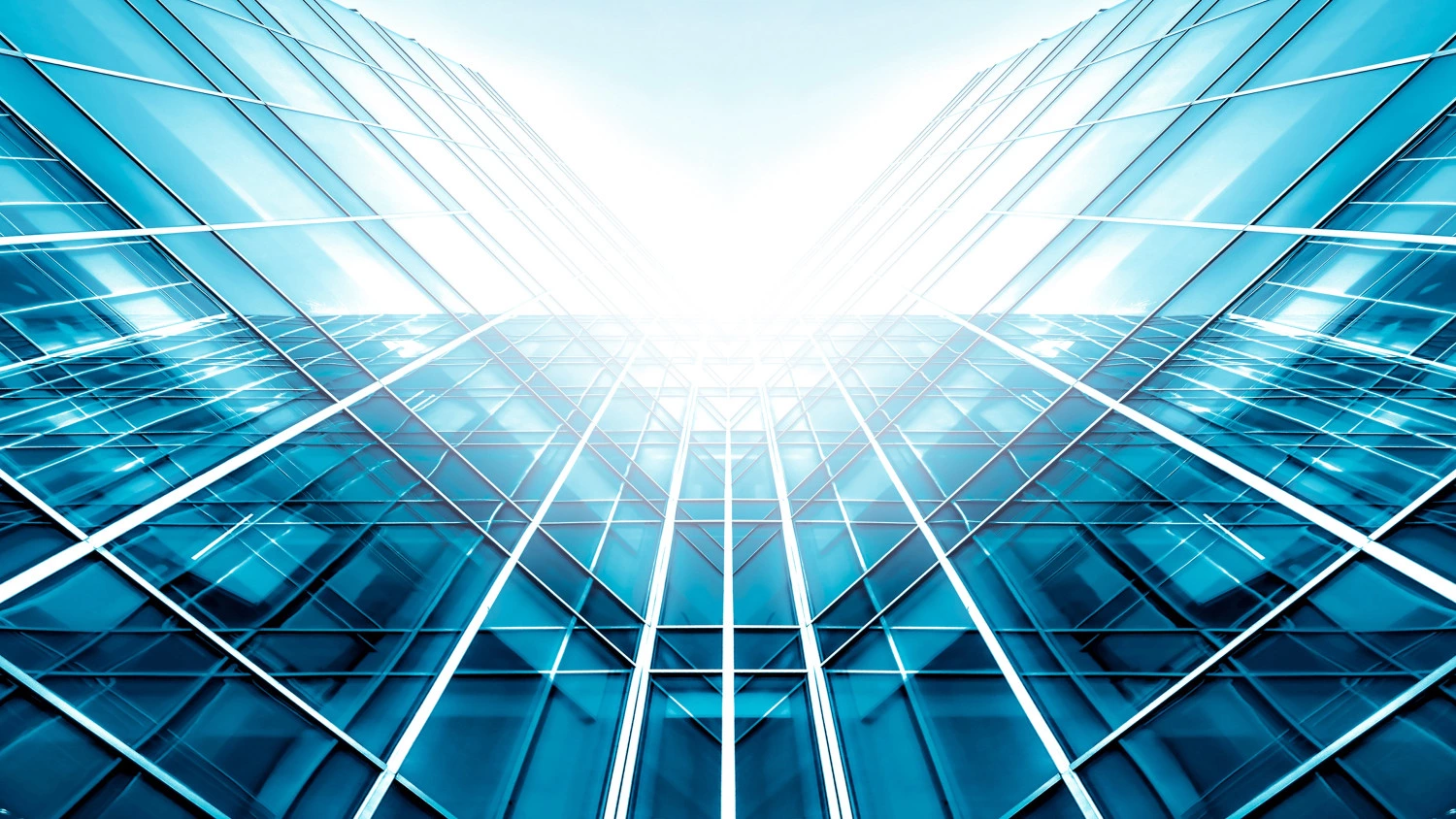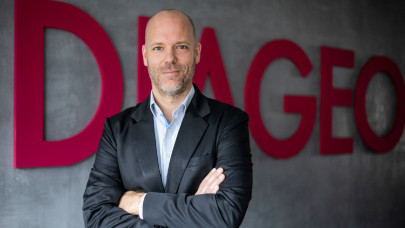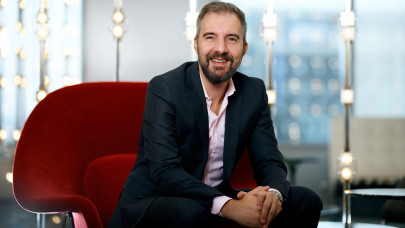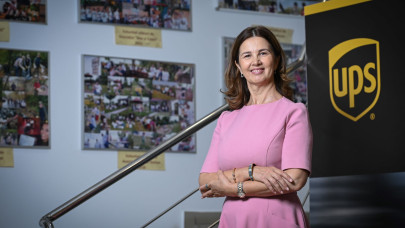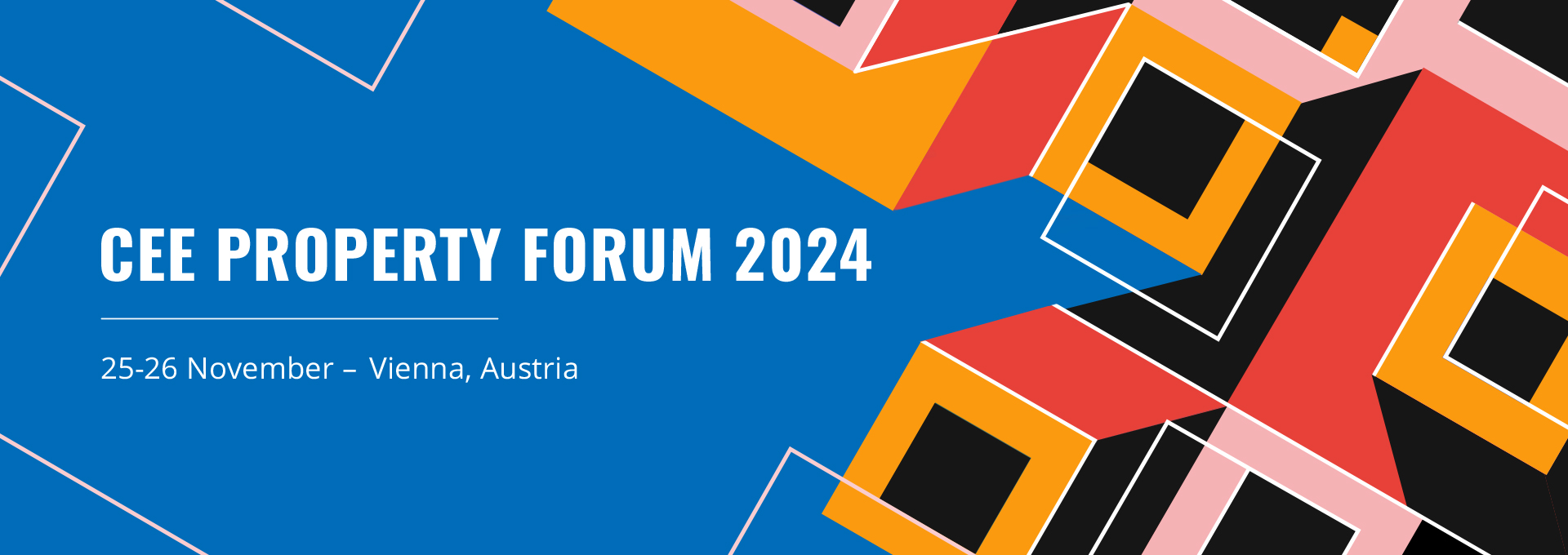What are the most significant trends or challenges you observe in adopting sustainable practices within the Romanian commercial property market?
It depends on your client. For clients who have had sustainability on their agenda for a long time and have completed one or more green certification processes, we notice a kind of sustainable literacy and a standardisation of certification practices and adopted measures. Tenants, developers, and owners are becoming more knowledgeable about the process, and topics are discussed in greater depth. This presents an opportunity to further integrate sustainability into the assets themselves, sometimes even in their baseline building specification – that is, before a green certification process begins. We see owners who not only build sustainably but also operate their assets in a sustainable way, and they are, without a doubt, seeing all the upsides of a green certification process.
We also notice a shift from the traditional green certification system to other types of credentials that specifically focus on one topic, for example, access or well-being, which can be attributed to a switch from 'green-proofing' to the 'ESG-fication' of the portfolio. In cases where the client is new to sustainable practices, there is a lot of curiosity about the potential upsides that such a process will yield.
What are the primary challenges and opportunities currently facing the construction sector in Romania, from the perspective of embedding sustainability features?
Naturally, due to the rising construction costs and fiscal uncertainty, the biggest challenge is gaining approval for the associated costs of proposed sustainable measures.
Another challenge stems from green regulatory uncertainty: are the Omnibus packages a regulation relaxation or a deregulation? This ambiguity does not help in the steady adoption of green measures, be it EU Taxonomy or CSRD compliance, or green certifications, and what we could see is a slowing in this direction.
One challenge we do have, and this is more at the grassroots level of a green certification, is that despite growing awareness, there is still resistance to adopting circular economy principles. For example, recycling construction waste often faces pushback due to cost concerns or a lack of a clear incentive to do so. This is not so much a financial challenge, but a cultural one. The change must happen at the operational level, but for this to occur, business leaders need to understand the opportunities that come with it. After that, the plan comes naturally, as an added process to the business.
In terms of opportunities, the picture is pretty much the same: sustainable assets can command premium rents, retain better value over time, attract more high-profile or prestigious tenants, have lower vacancy rates, and have a lower risk of stranding.
What innovative approaches or technologies are being increasingly adopted in Romania to improve project efficiency, quality, or sustainability during the design and execution phases?
Increasingly demanding standards push the market to innovate. High-performance thermal insulation or windows, and on-site renewable energy production systems are already embedded in the quality levels of the current way of building.
A significant advantage comes from implementing metering and automation. These measures provide two big control areas. Metering helps you to see where and how much energy you consume, and automation provides you with the capability to control energy consumption, but also enables other energy-saving measures. For example, automatically shutting down the blinds when the sun comes out and opening them when there is low natural light – all this to limit the consumption of artificial light.
Or implementing controls for MEP systems, for instance, lowering the lighting levels and ventilation loads outside of working hours or automating the climatisation system to provide the exact parameters at the right time to yield the most comfort for users. Ideally, all these measures happen centrally in the 'brain' of the building – the BMS – which is a highly adaptable software and can be specified for increasingly sophisticated building control.
How competitive are Romania's new commercial property projects from a green certification perspective compared to other markets in the region?
New local assets are truly on par with, if not more competitive than, their regional counterparts. This is partly due to the relatively new building stock and partly due to strong local green certification consultants, who efficiently bridge the market restrictions with the certification system requirements. If we consider the relatively young building stock, Romania stands out in terms of the percentage of total green-certified buildings, with about 70% of assets being green-certified compared to about 50% in Western Europe.
Are there certain sustainability demands from companies looking to lease commercial space in Romania?
The ESG strategy of a company is increasingly embedded in its corporate strategy; therefore, sustainability demands tend to become part of the key requirements for companies. Moreover, landlords are included in tenants' Scope 3 downstream activities, so landlords greatly affect the tenants' carbon footprint.
Tenants ask for accessibility, complementary amenities, employee comfort, energy efficiency, and control. Green spaces are seen as an advantage, but other building equipment is more sought after: EV charging infrastructure and in-depth equipment control through BMS. This energy control also translates into transparency in energy use, which can make life very easy or, if it's missing, quite hard for the company when reporting on energy consumption.
Are you seeing any updates from financing institutions that are backing the development of green buildings in Romania?
One significant positive signal is the granting of several green loans, each over €100 million, to developers for projects linked to sustainability objectives. On the global scene, one notable piece of news is the variation to the Paris Agreement target of limiting global warming to 1.5°C above pre-industrial levels by 2050. The Net-Zero Banking Alliance, which groups together 128 banks, shifted the timeline from 2050 to the end of the century. This correlates with the abrupt change in policy of the American administration but has not yet trickled down to the local context, for which the targets remain constant. The goal of green growth is to stimulate the market and create opportunities for investment; so if this is not achieved, then targets need to be adjusted to meet market realities.
What have been some challenging projects that you worked on this past year?
As a consultant, the most difficult aspect I have come across, apart from cost limitations, is the data gathering process. There is simply not enough time provided for data gathering, mainly because green certification is seen as an add-on process, not an integral part of the project. Teams do not reserve the time to collect the required data in the necessary format, and this is balanced by the inventiveness of the consultant, who works with the available data to achieve the required certification points. Ideally, the green consultant is not the last guest at the party and has the proper authority to guide the process. A green certification can immensely benefit from integrative collaboration, and if there is the right amount of team engagement and even client engagement, then things happen in a more natural way, and the process will achieve better results, either in terms of certification level or cost efficiency.

